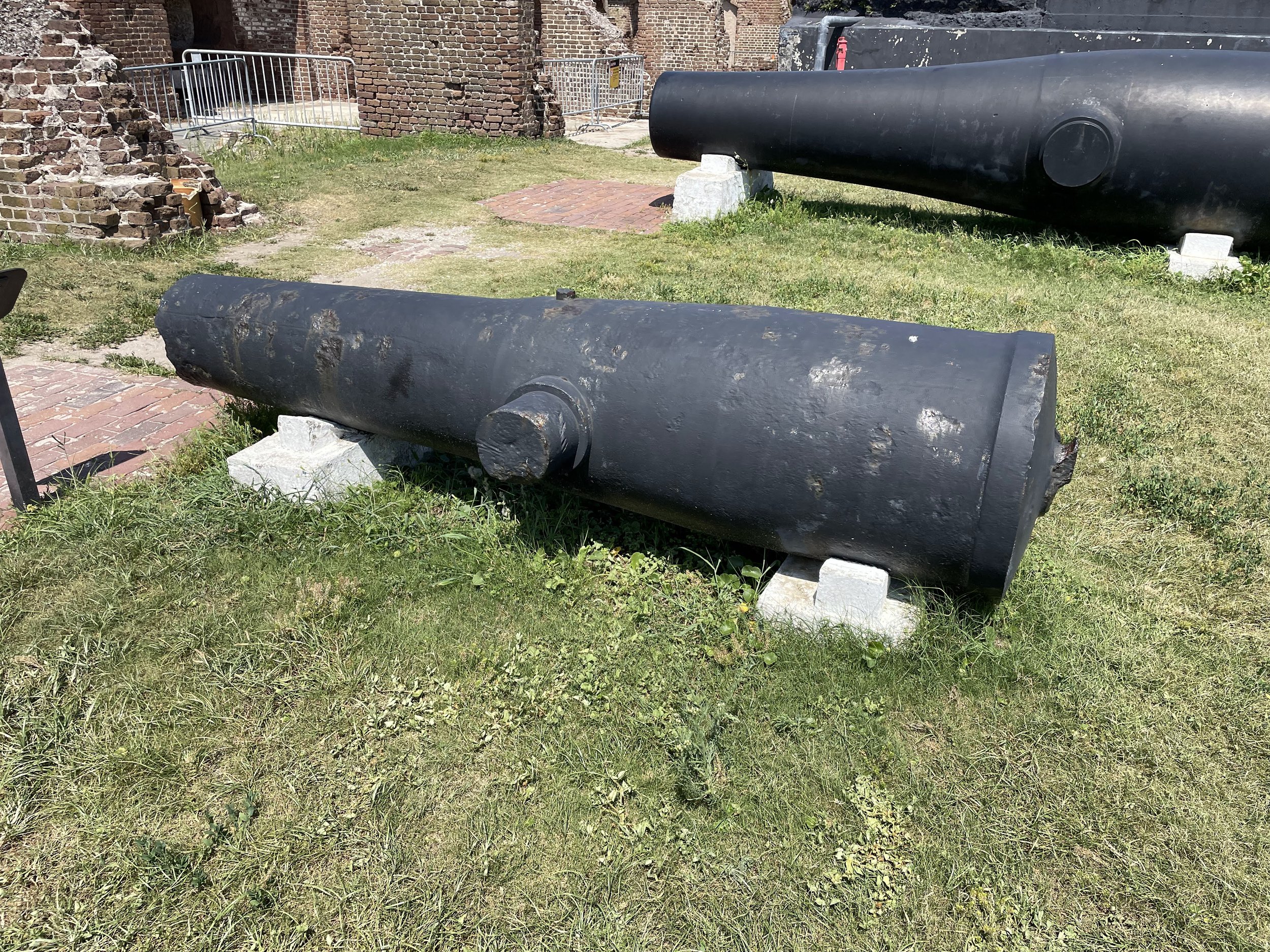
The 8-Inch Columbiad, Pattern 1844, of Fort Sumter
The US Army 8-Inch Columbiad, Pattern 1844, looks almost insignificant at Fort Sumter as it rests between two gargantuan 50,000 pound 15-Inch Rodmans which were brought to the fort in the 1870s. The smaller Columbiad is missing a portion of its muzzle, its right trunnion, and much of its cascabel. It's not mounted on a carriage like the cannons in the casemates. An interpretive sign notes that several of the type were present at the fort in 1861 and that this cannon probably has remained there since then.
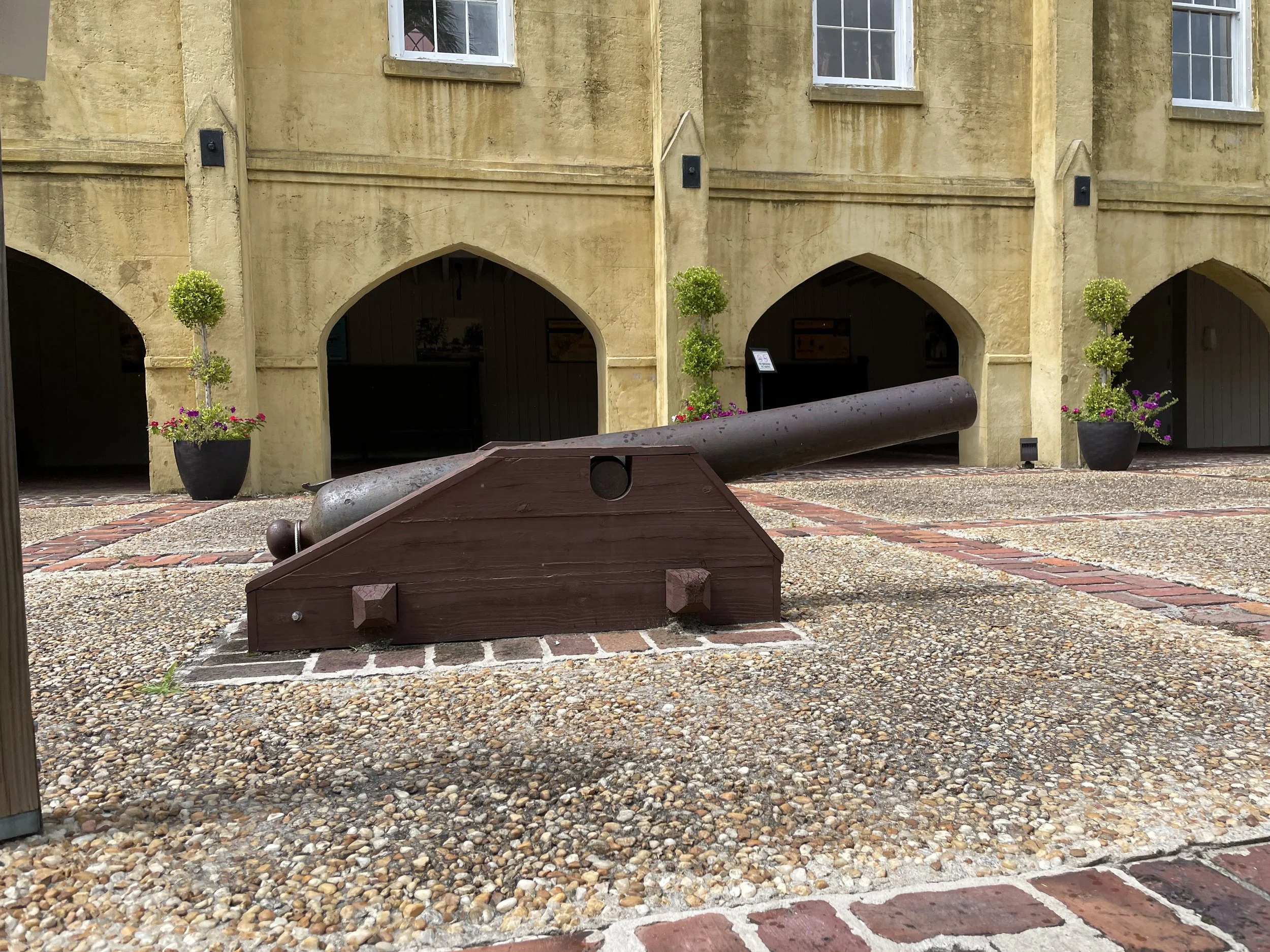
Blakely and Ordinance Rifle at the old Beaufort Arsenal
A US Army 3-Inch Ordnance Rifle (left) and a 3.5-Inch Blakely Rifle are displayed at the Old Beaufort Arsenal in Beaufort, South Carolina. The two cannons are:
3.5-Inch Blakely marked "Blakely's Patent, No. 50, Fawcett, Preston, & Co., Liverpool, Makers, 1862. Ripley categorized this Blakely as a “Type 4”.
US Army 3-Inch Ordnance Rifle Number 265 manufactured in 1862 at the Phoenix Iron Company.
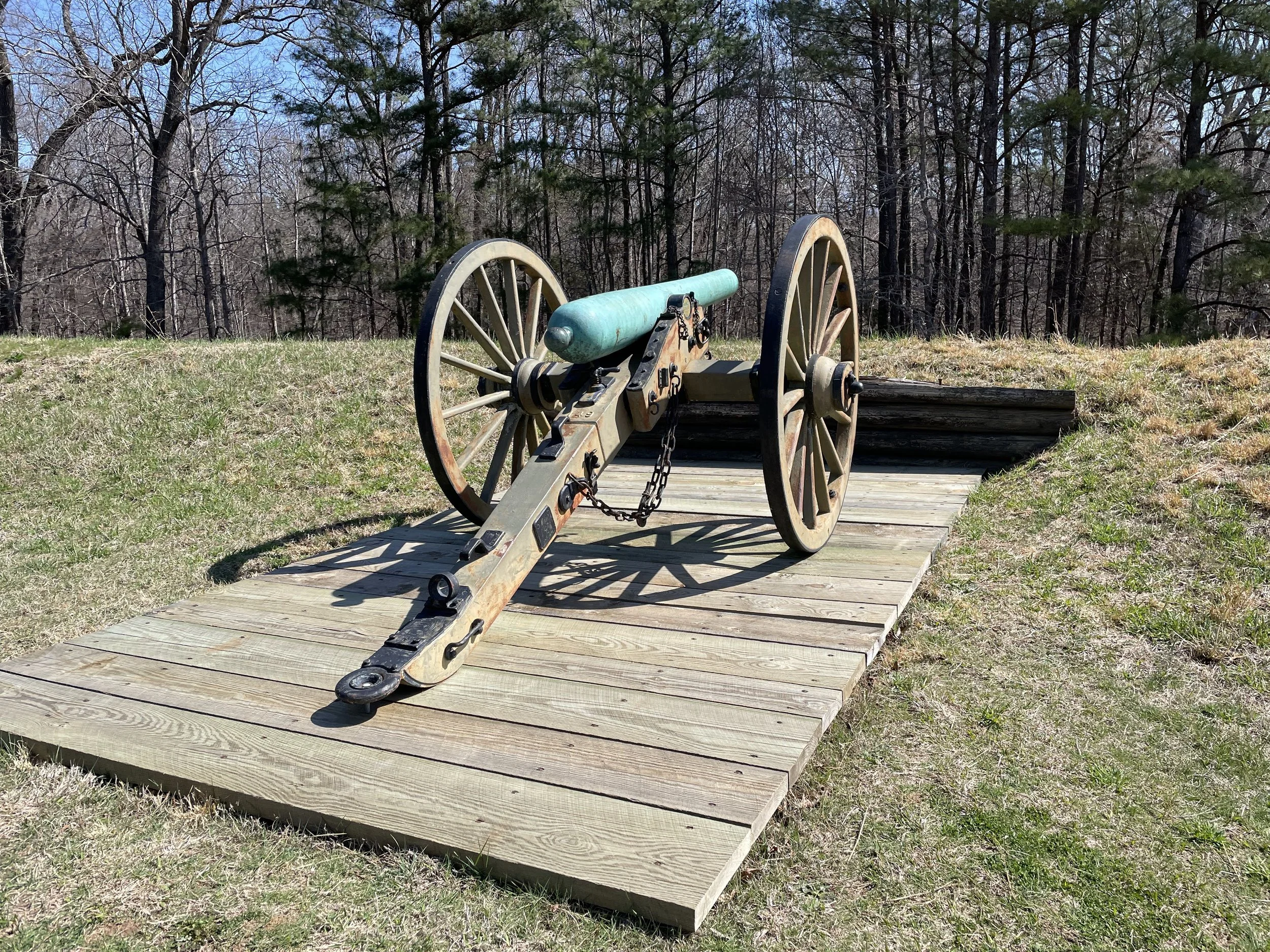
Brierfield Arsenal 6-Pounder at Petersburg
A 6-Pounder smoothbore manufactured by Brierfield Arsenal in Alabama (near Selma) in 1863 is displayed at Petersburg National Battlefield. This is the only surviving cannon produced by Brierfield. A large "C.S." is visible on top of the tube above the trunnions. The weight, 982 pounds, is stamped on the muzzle.
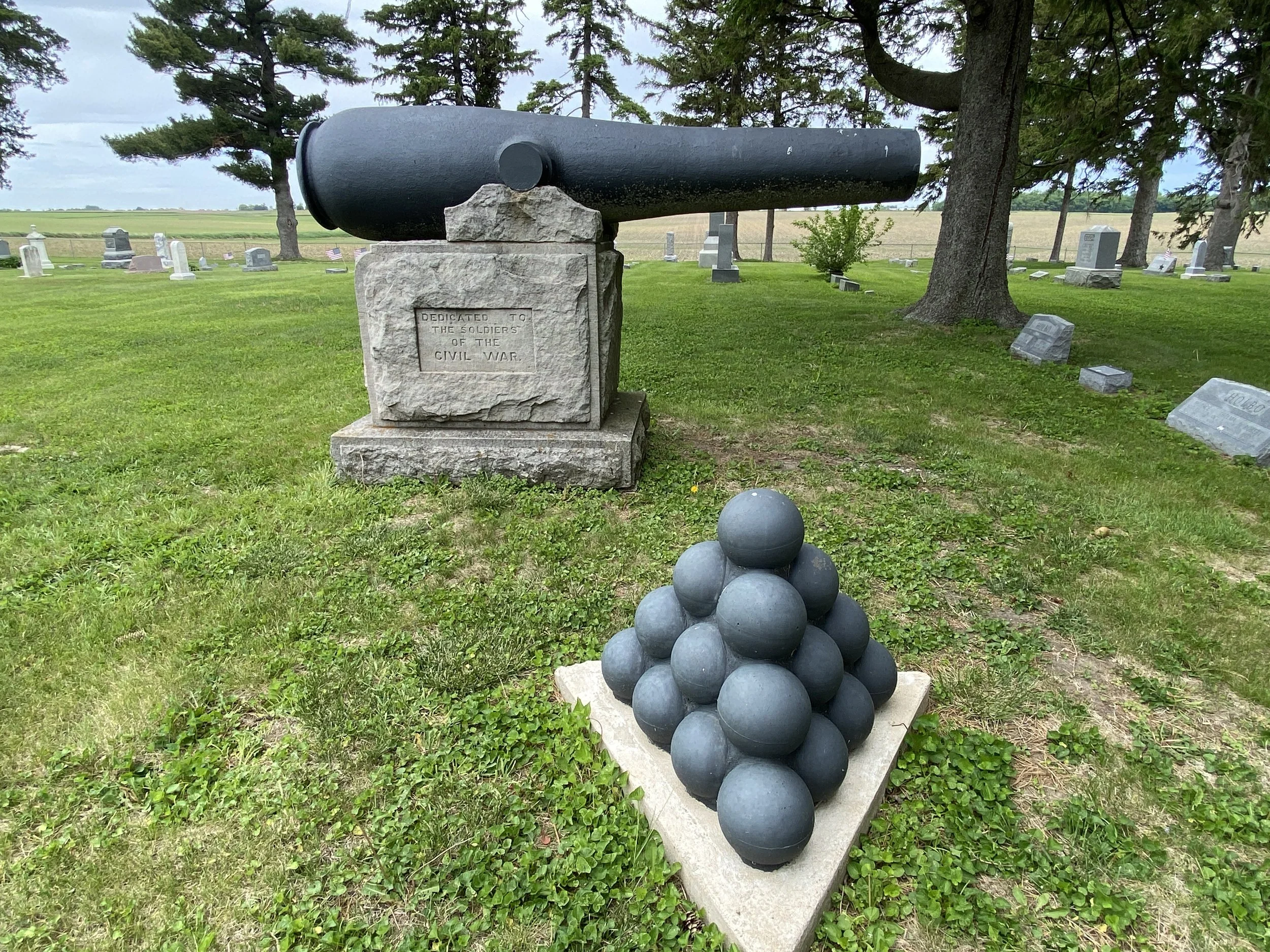
8-Inch Confederate Columbiad in Waterman, Illinois
An 8-Inch Confederate Columbiad is displayed in Johnson Grove Cemetery near Waterman, Illinois. It sits atop a pedestal bearing the inscriptions “Dedicated to the Soldiers of the Civil War” and “Erected 1905.”
The left trunnion bears the mark “1864” - probably for the date of acceptance into service. The Tredegar Foundry number on the muzzle - “1947” - actually corresponds to a casting date of October 27th, 1863 in the records of Tredegar Iron Works of Richmond, Virginia.
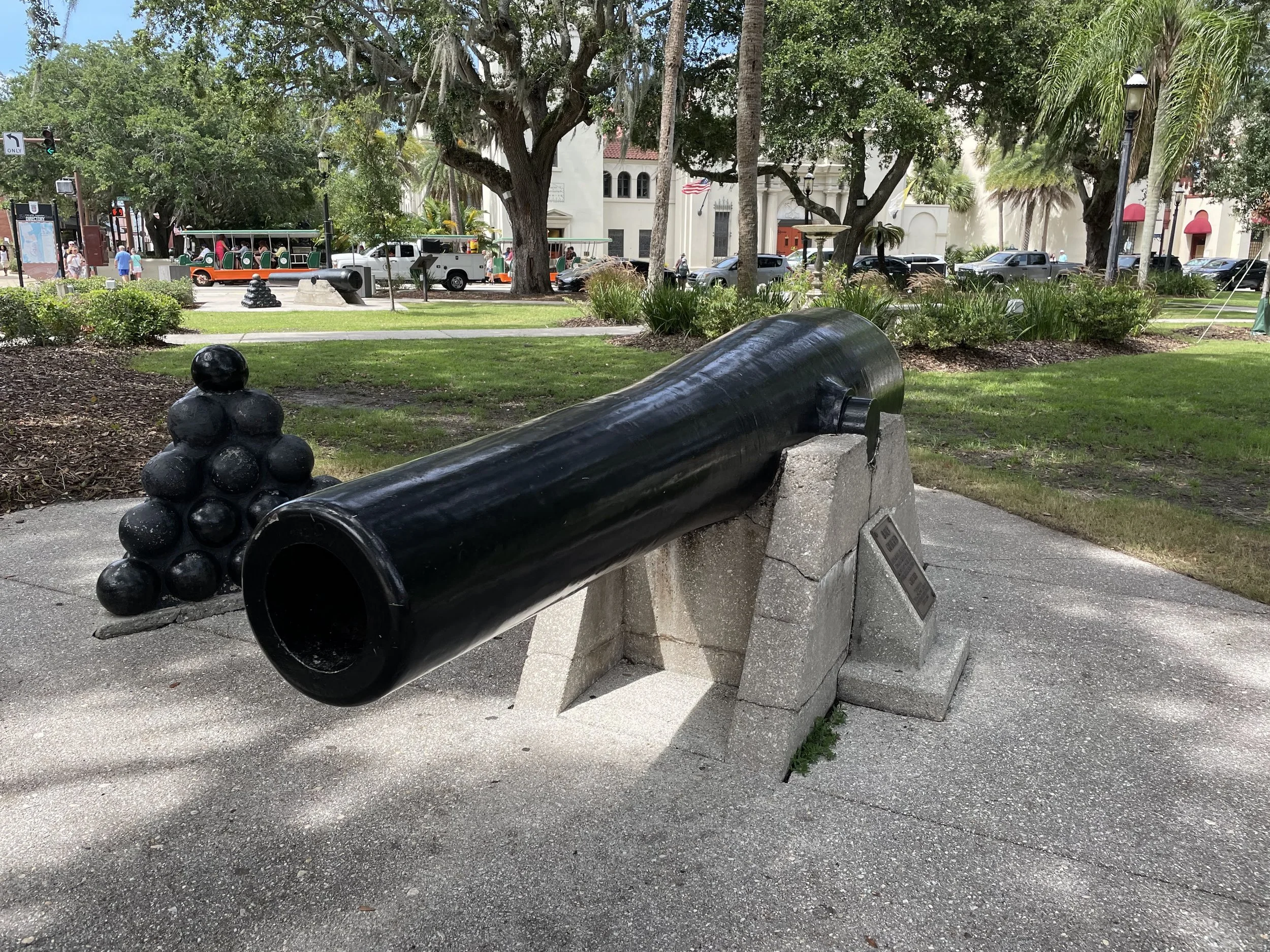
8-Inch Confederate Columbiads in St. Augustine, Florida
Two 8-Inch Confederate Columbiads cast by Bellona Foundry in 1861 are displayed in the Plaza de la Constitución in Saint Augustine, Florida. Bellona’s registry numbers “27” and “29” are stamped on the muzzle. Their weight as manufactured, 8,750 pounds, is stamped on the breech of each. The bronze plaques with each cannon claim that these cannons were present at Fort Marion (Castillo de San Marcos).

10-Inch Confederate Columbiad in Gettysburg, Pennsylvania
A 10-Inch Confederate Columbiad manufactured in 1863 by Tredegar is displayed in front of the Horse Soldier in Gettysburg, Pennsylvania. This cannon bears Tredegar’s registry number “1873” on its muzzle. This number corresponds to a 10-Inch Columbiad cast at Tredegar on July 30th, 1863.
Many thanks to friend-of-the-page and historian Tom Nank for taking these photos and sharing them with me.
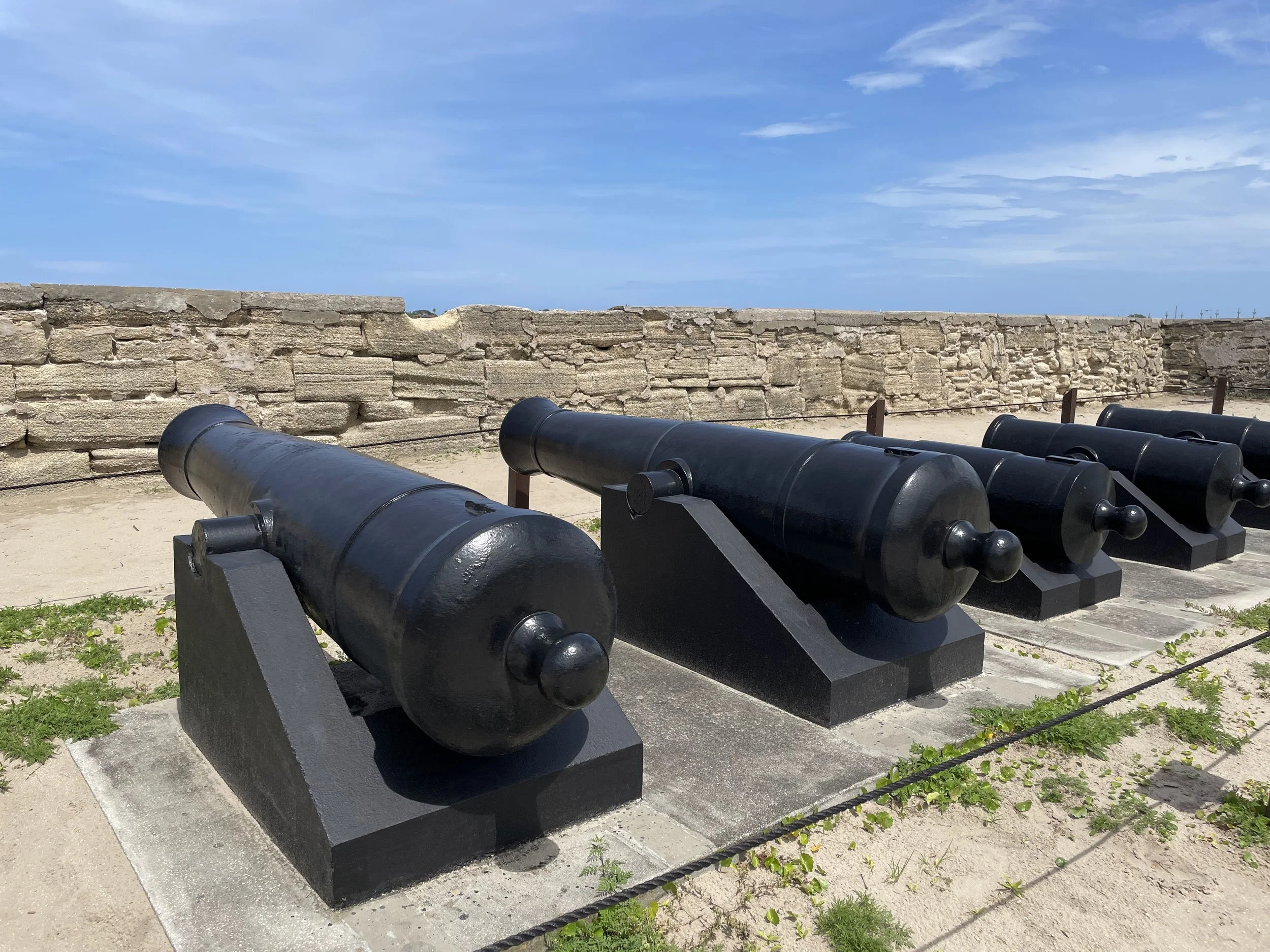
US Army 8-Inch Seacoast Howitzers, Pattern 1840, at Castillo de San Marcos
Two US Army 8-Inch Seacoast Howitzers, Pattern 1840, are the two largest cannons displayed among the 19th Century US cannons along the water battery at the Castillo de San Marcos National Monument. The two seacoast howitzers were made by Columbia Foundry in 1841.

US Navy 100-Pounder Parrott Rifles of Reynoldsville, Pennsylvania
Two US Navy 100-Pounder (6.4-Inch) Parrott Rifles are displayed at Veterans Memorial Park in Reynoldsville, Pennsylvania. The two cannons are displayed on iron display stands. One or perhaps both of these Parrotts may have been used in action by the US Navy against the ironclad ram CSS Albemarle during the Battle of Albemarle Sound on May 5th, 1864.

US Army 10-Inch Seacoast Mortars, Pattern 1840, in Binghamton, New York
Four US Army 10-Inch Mortars, Pattern 1840, which were cast at the West Point Foundry in 1861 are displayed around a beautiful monument to the “Heroic Sons” of Broome County, New York in the city of Binghamton. Many thanks to friend-of-the-page Rob James for these photos!

3.3-Inch Parrott Rifle in Kingstree, South Carolina
3.3-Inch Parrott Rifle displayed beside the Williamsburg County Courthouse in Kingstree, South Carolina. As Hazlett et al. note, this is one of three surviving 3.3-Inch Parrotts. (One of the others is at The Citadel in Charleston while the third is at Harpers Ferry.) Also according to Hazlett, these rifles externally conform to the size an shape of a US Army 10-Pounder Parrott.

US Army 10-Inch Seacoast Mortar, Pattern 1861 in St. Augustine, Florida
US Army 10-Inch Seacoast Mortar, Pattern 1861, displayed in St. Augustine, Florida. Manufactured by Cyrus Alger & Co. in 1862, this is one of only eight of the type made - of which two survive. It strongly resembles its 13-Inch “big brother” but weighs only 7,640 pounds verses around 17,000 pounds for the 13-inch. It is considerably larger than the 10-Inch Siege Mortar, Pattern 1861 which weighed slightly less than 2,000 pounds.

The Treadwell 32-Pounders at the Washington Navy Yard
Two experimental wrought-iron (possibly wrought-iron and steel) 32-Pounders designed by Daniel Treadwell and manufactured circa 1844 are displayed at the Washington Navy Yard. They cannons were light and could be very strong - though not every example's welds held up. For naval service, they were too light.

USS Canadaigua’s 11-Inch Dahlgren in La Moille, Illinois
An 11-Inch Dahlgren carried aboard USS Canandaigua is displayed in La Moille, Illinois. The Dahlgren, US Navy registry Number 216, was dedicated on Memorial Day, 1897 by the local Grand Army of the Republic Post Number 66.

The 8-Inch Rodman Rifles on US Navy Carriages at Palisades Park
Two US Army 8-Inch Rifles which were converted from 10-Inch Rodmans in 1885 and 1886 are displayed at Palisades Park in Santa Monica, California. They were installed at the park in 1908
Intriguingly they are mounted on US Navy Carriages intended for the 8-Inch Rifle which was a similar conversion of the 11-Inch Dahlgren.

The 68-Pounder 95 Hundredweight Gun in Warrnambool, Victoria
A 68-Pounder 95 Hundredweight Smoothbore Muzzleloading Gun is displayed outside the Flagstaff Hill Maritime Village in Warrnambool, Victoria, Australia. Many thanks to friend-of-the-page Ivan Dove for taking these photos and sharing them with me.

The French 36-Pounder of the American Privateer General Armstrong
A French 36-Pounder is displayed in the National Museum of the United States Navy (photographed August of 2024). This cannon is a relic of a the "Battle of Fayal" between the American Privateer General Armstrong and the boats of a British squadron as well as the brig-sloop HMS Carnation.
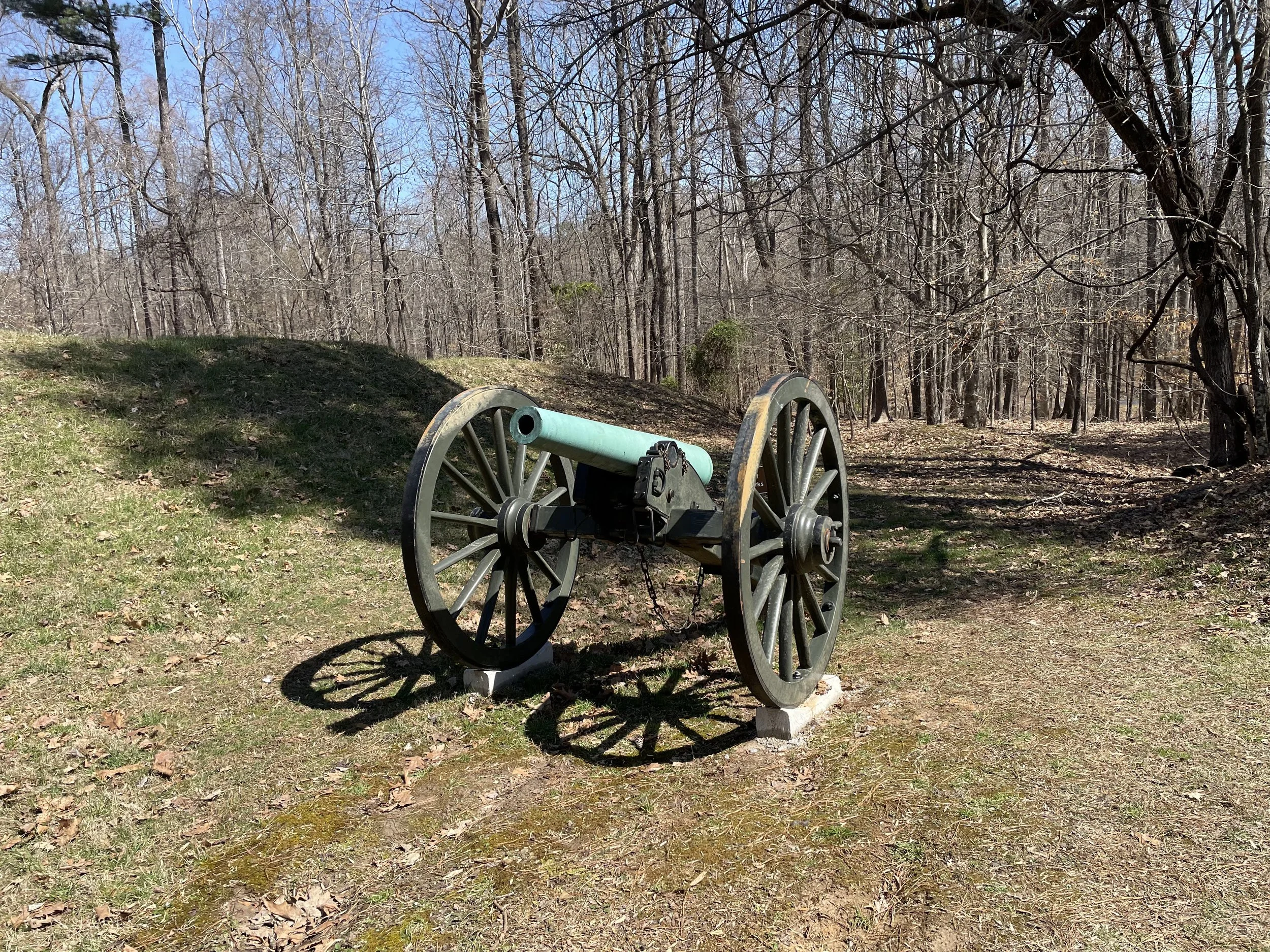
3-Inch Quimby and Robinson Rifles at Petersburg
A Quimby and Robinson 3-Inch Bronze Rifle is seen at Battery 8 at Petersburg. Quimby and Robinson of Memphis, Tennessee delivered at least 77 field pieces and siege guns to the Confederacy between November 1861 and the fall of Memphis to the US Navy in June 1862. Four of these were 3-Inch Bronze Rifles. Two of these are displayed at Petersburg.

US Army 42-Pounder, Pattern 1845, at the Washington Navy Yard
This US Army 42-Pounder, Pattern of 1845, is displayed at the Washington Navy Yard. It was cast at Bellona Foundry in 1860, and it is marked on the breech as weighing 8,590 pounds as cast. An inscription on the top of the tube notes that it was captured by the Navy from a "Rebel Battery Battery on the Potomac River in July of 1862."

The 7-Inch Blakely of CSS Alabama
CSS Alabama carried two heavy pivot guns: a 68-Pounder Smoothbore and a 7-Inch (or 110-Pounder) Blakely Rifle as well as six 32-pounder broadside guns. The Blakely was recovered from her wreck in 1994 and is displayed at La Cité de la Mer Museum and Aquarium in Cherbourg, France. The cannon is displayed above the remains of its original wooden carriage and with other artifacts related to the ship.

The 6.25-Inch Rifle of CSS Florida at the Washington Navy Yard
A British manufactured 6.25-Inch Rifle captured aboard CSS Florida is displayed at the Washington Navy Yard. According to John C. Reilly's "The Iron Guns of Williard Park", the breech is engraved with the words "32-Pdr Rifled from Anglo-Rebel Pirate Florida." The left trunnion is stamped "Low Moor, 10666".